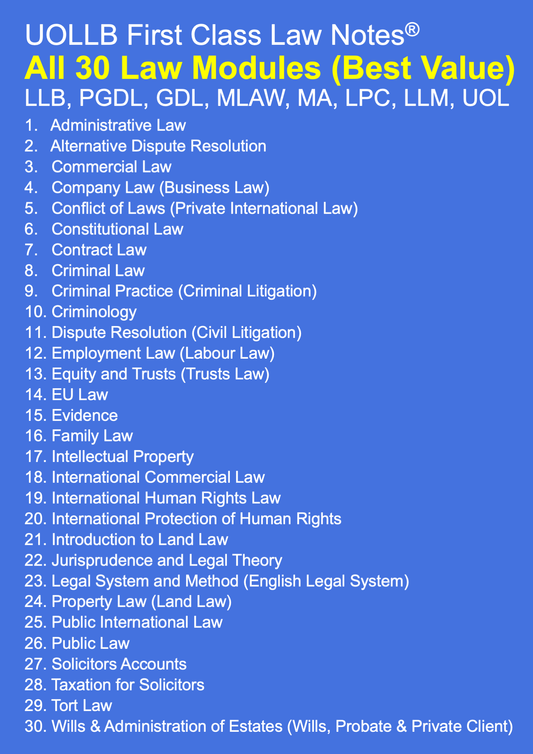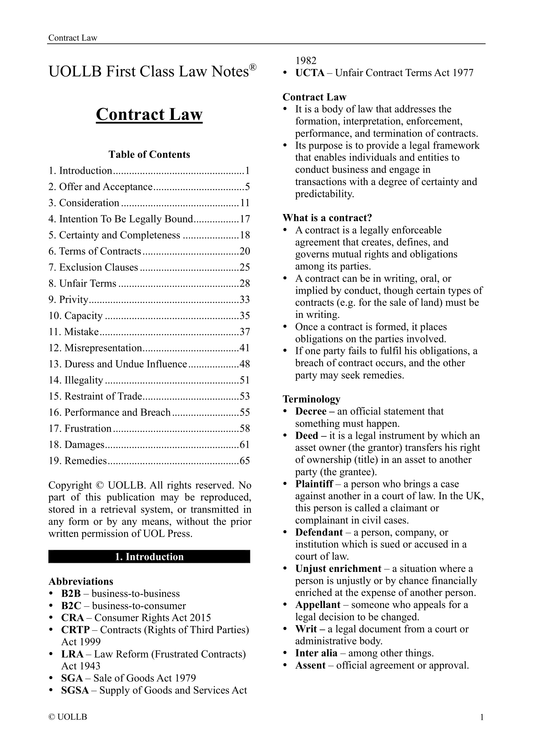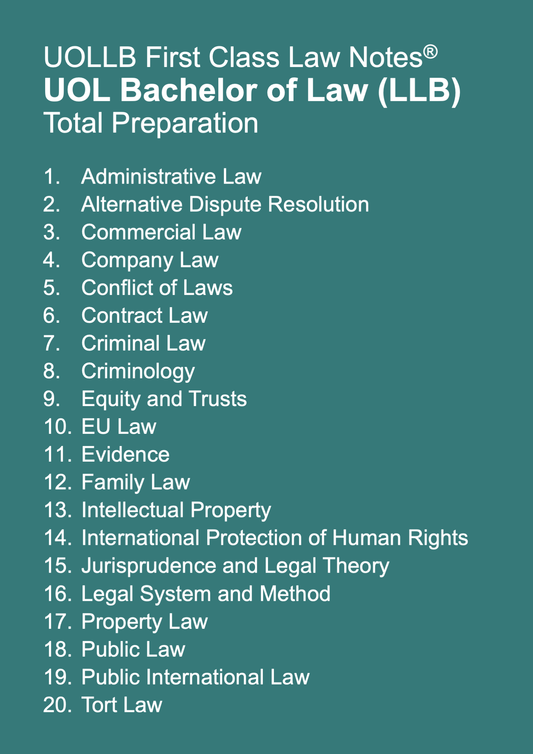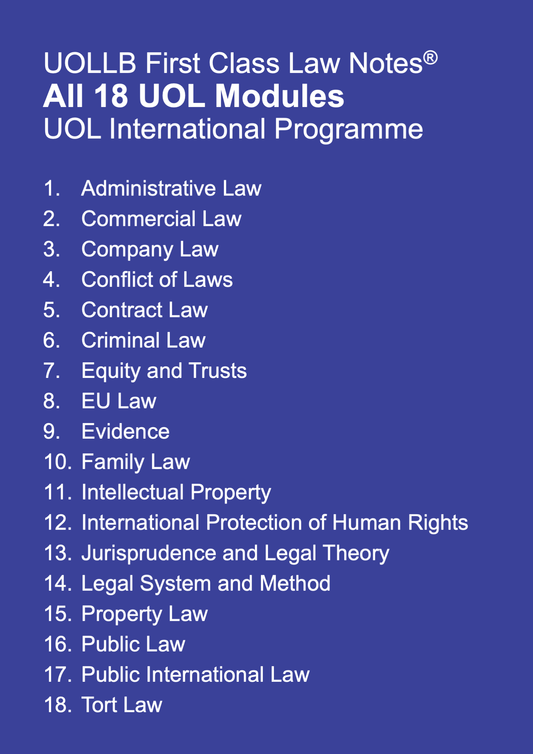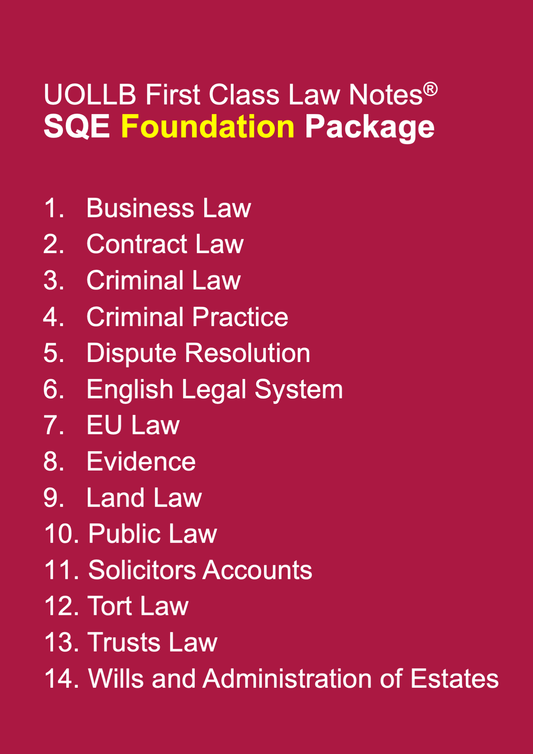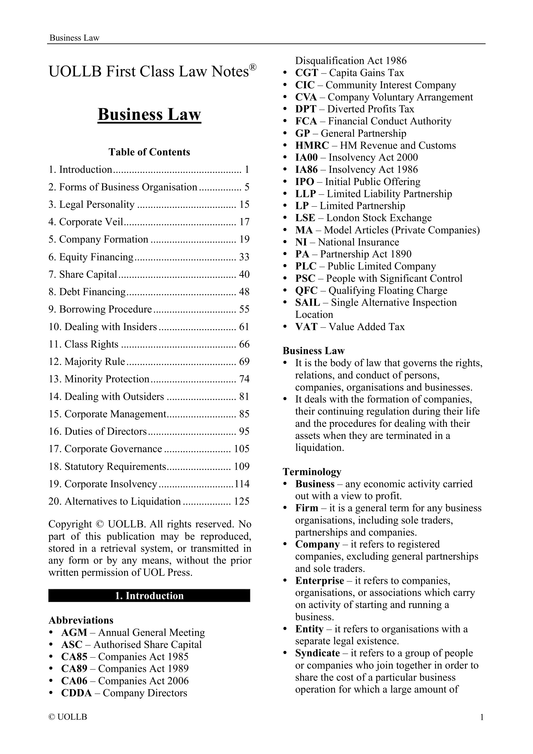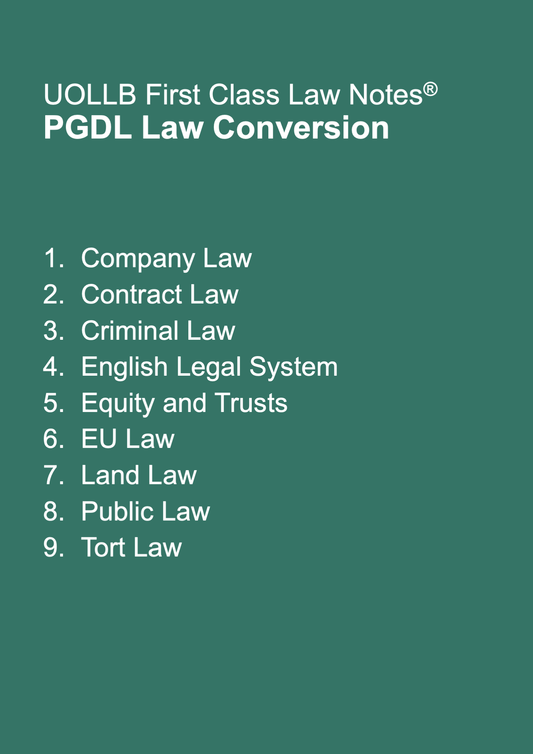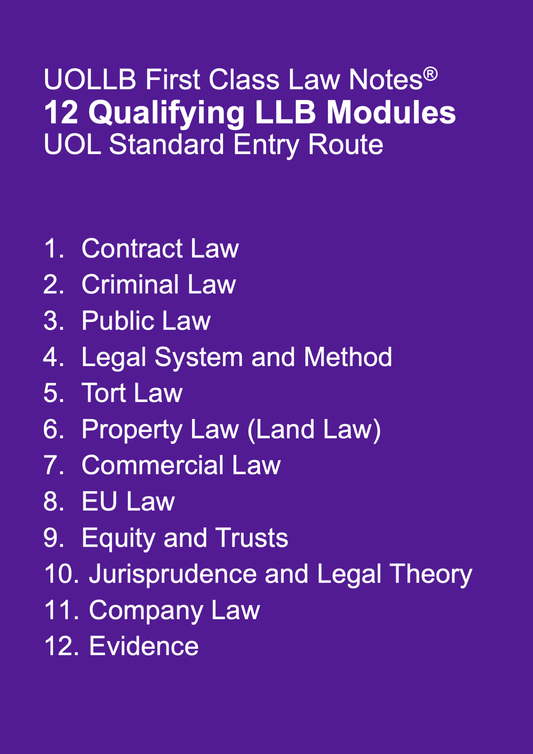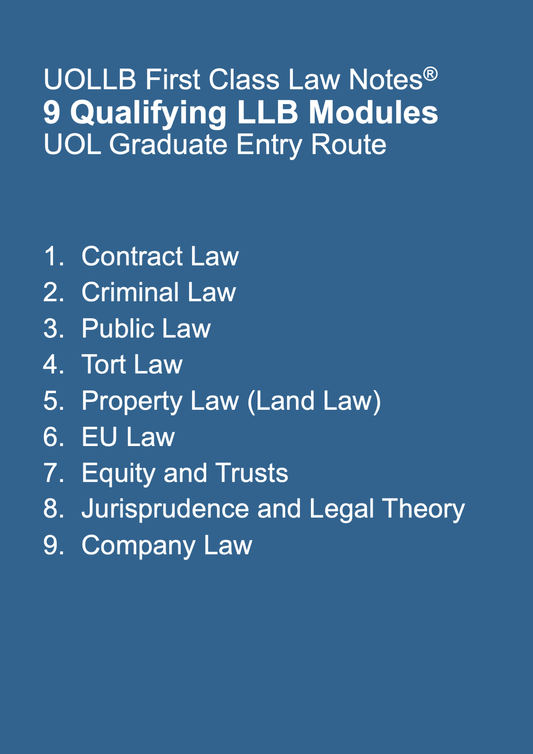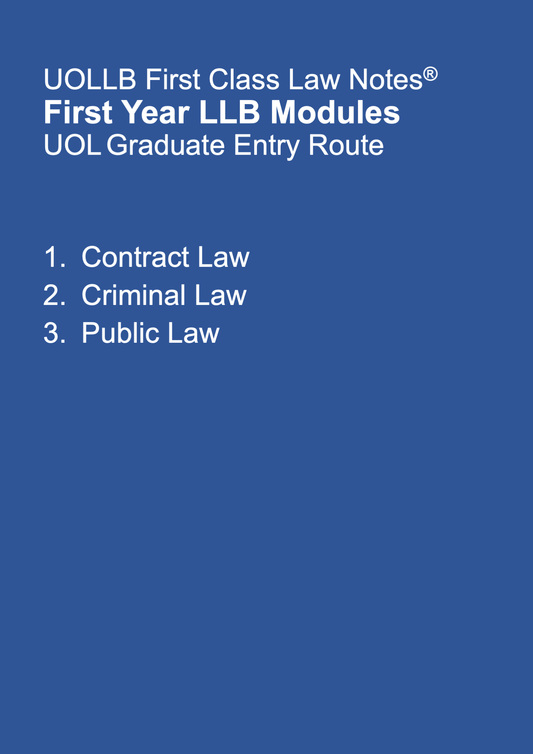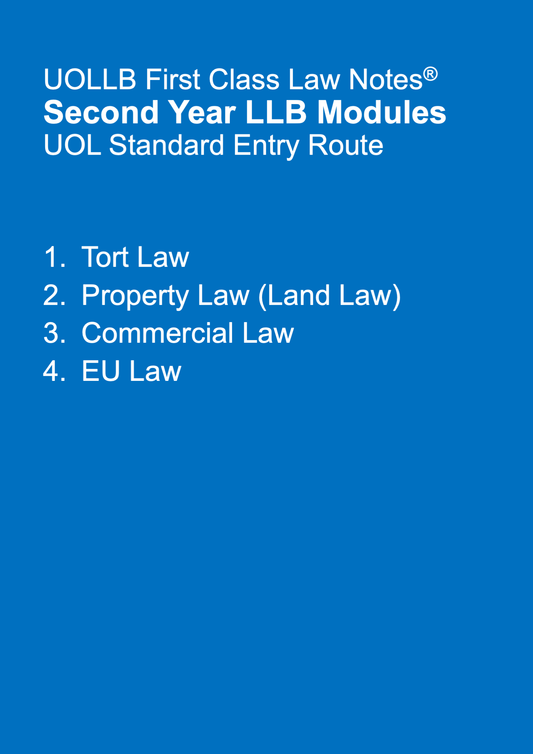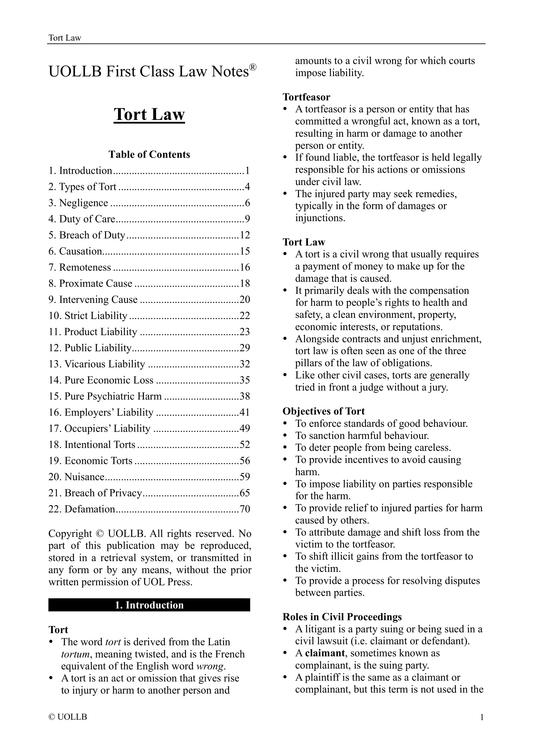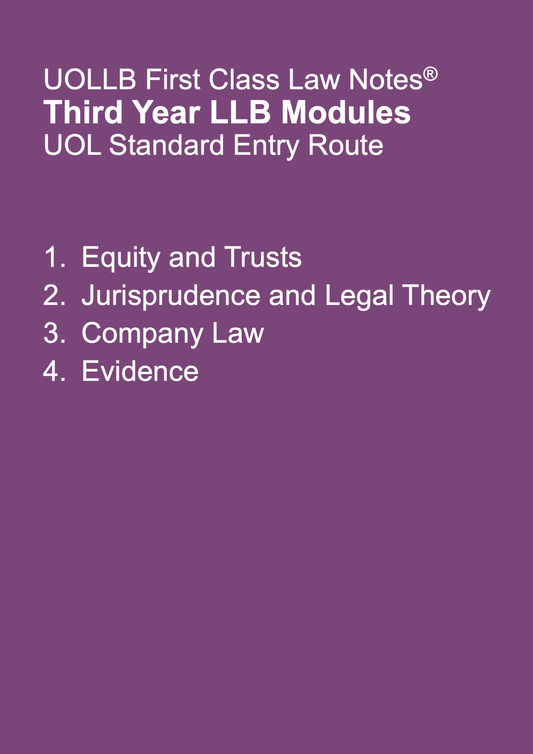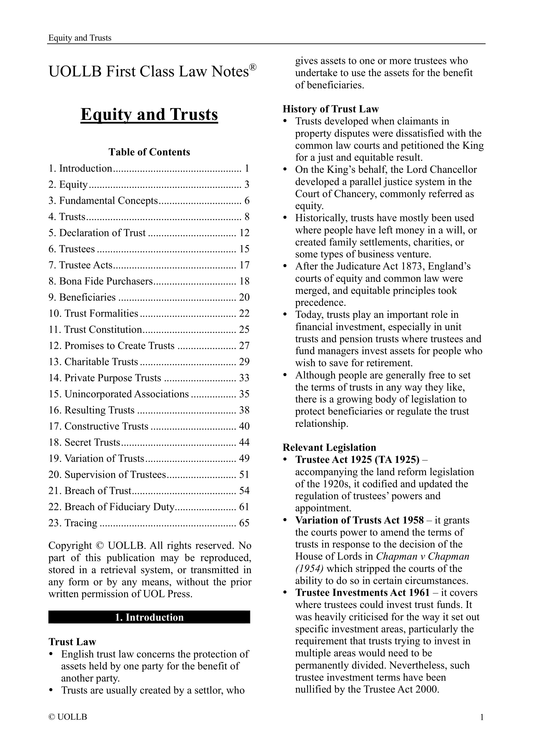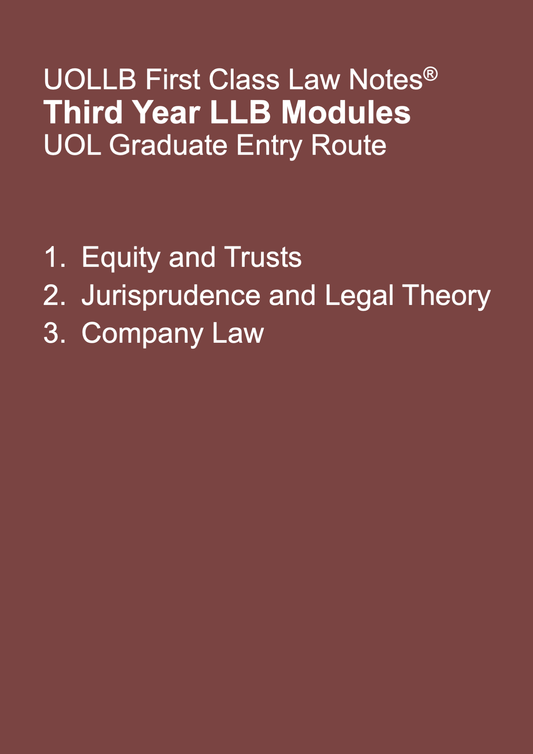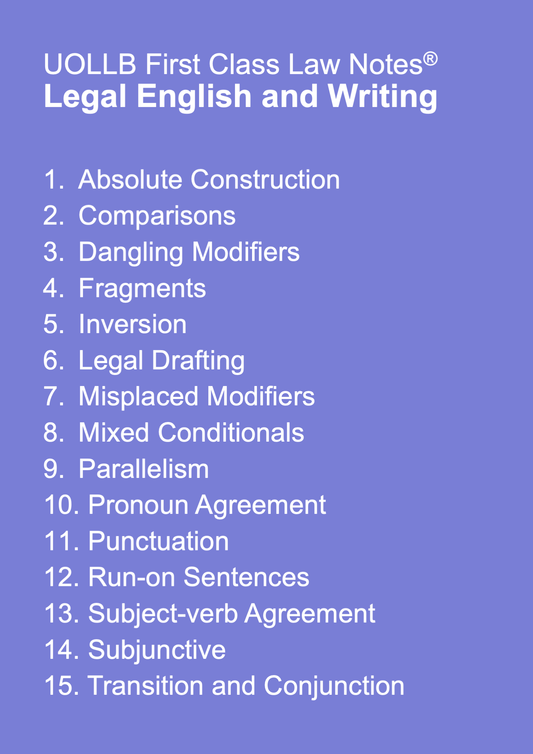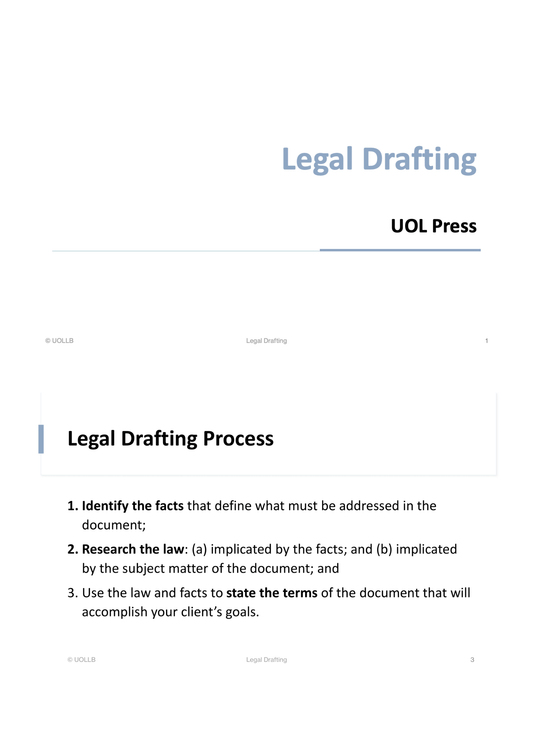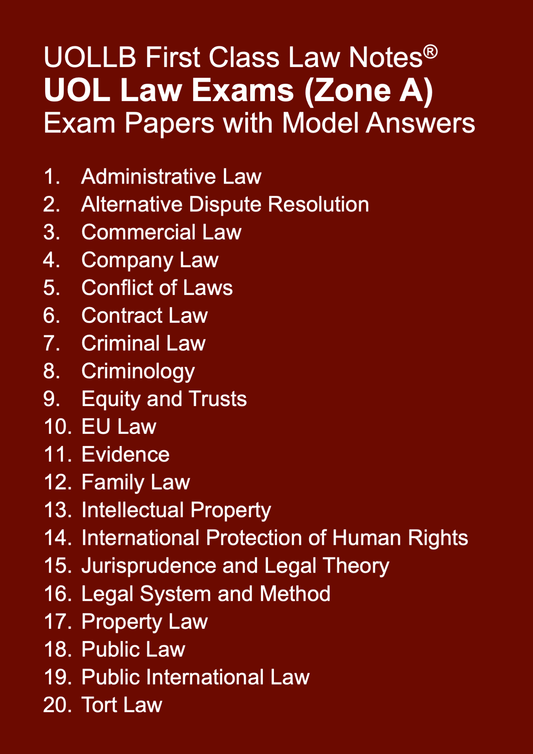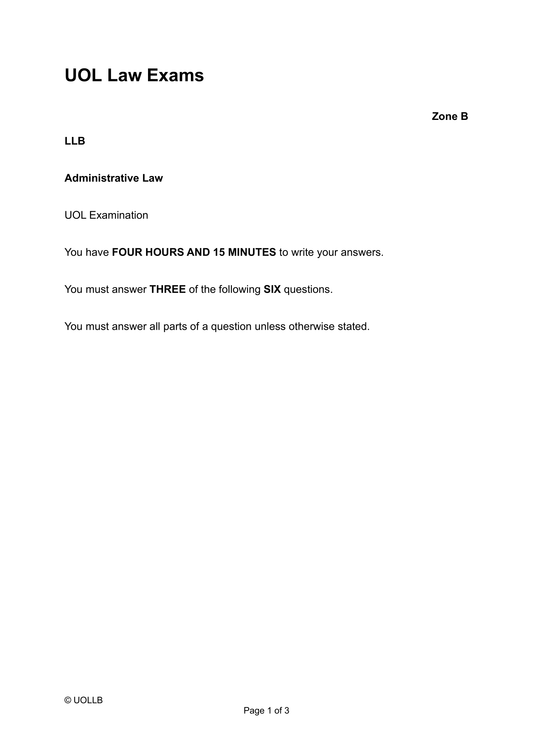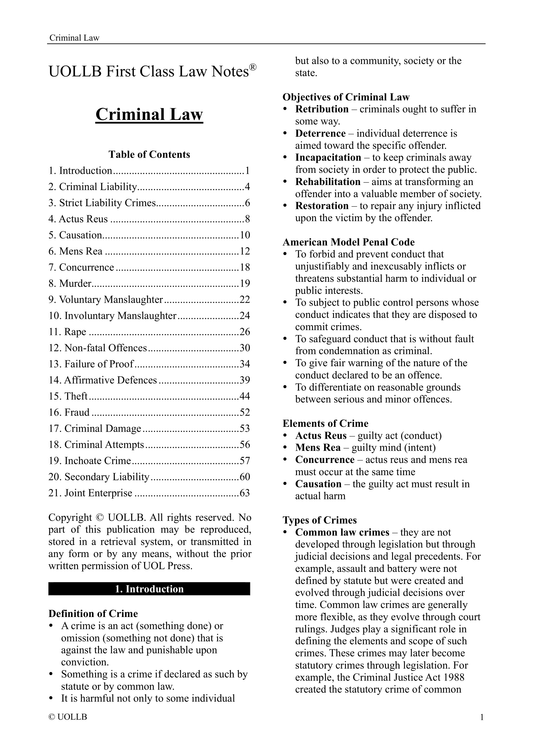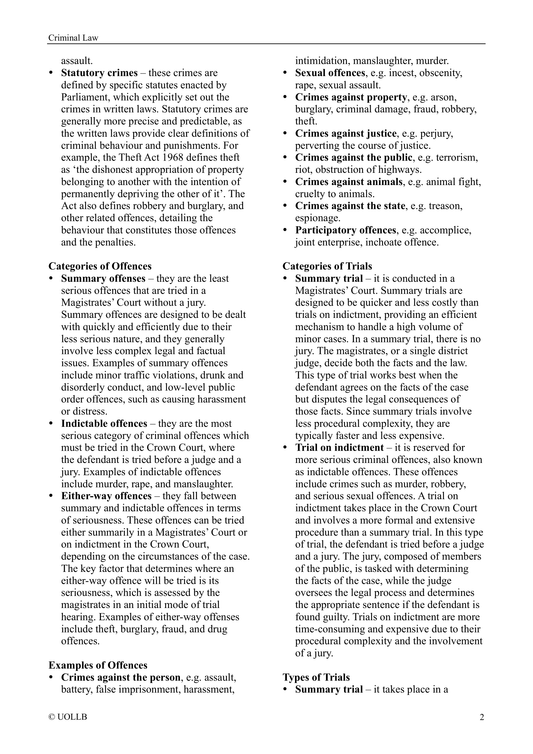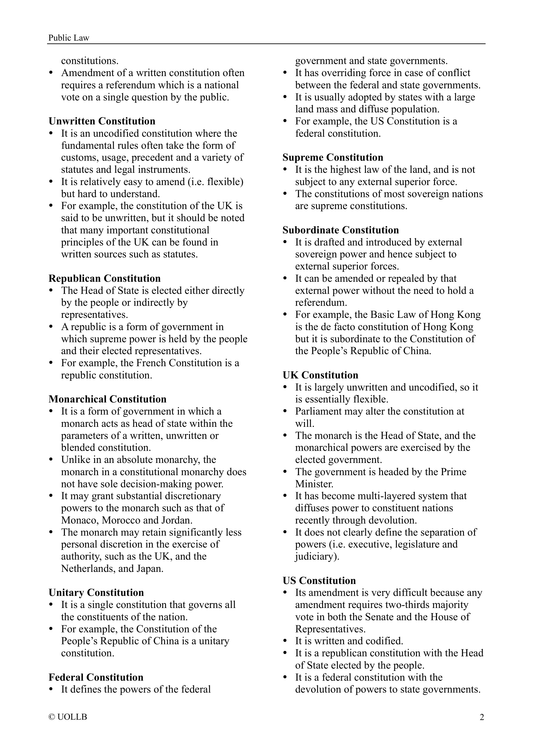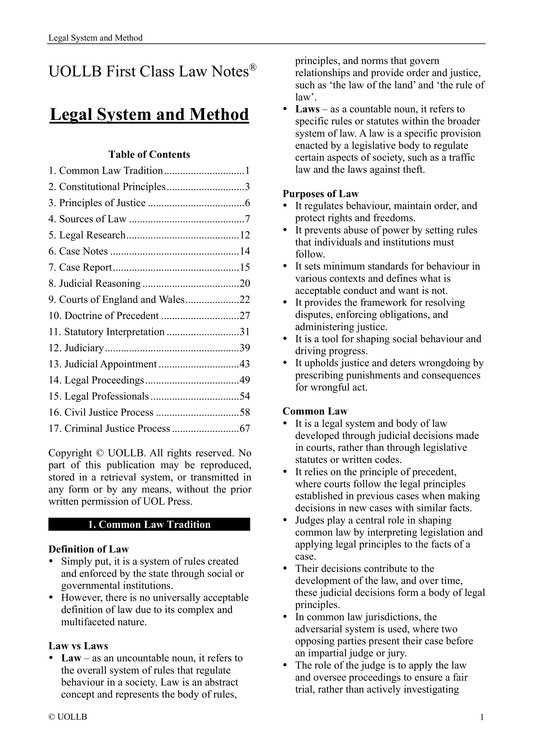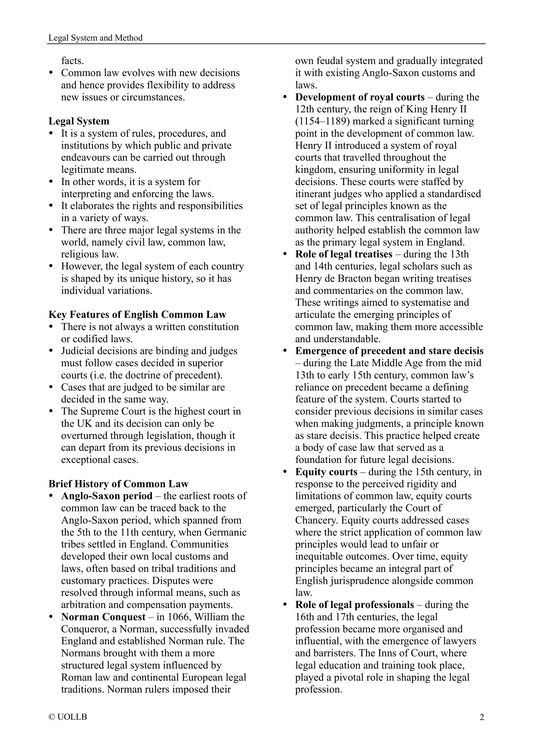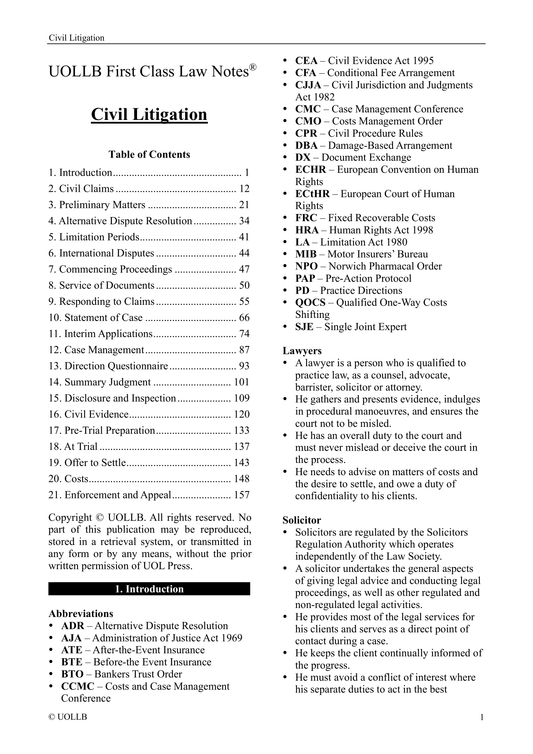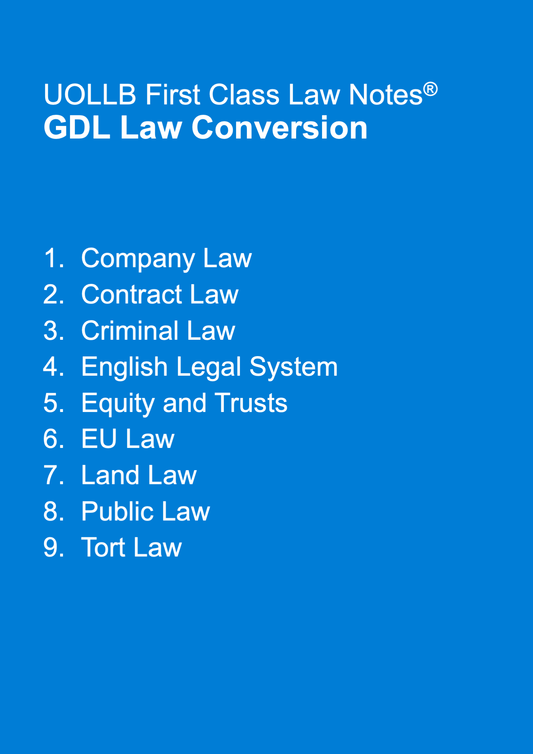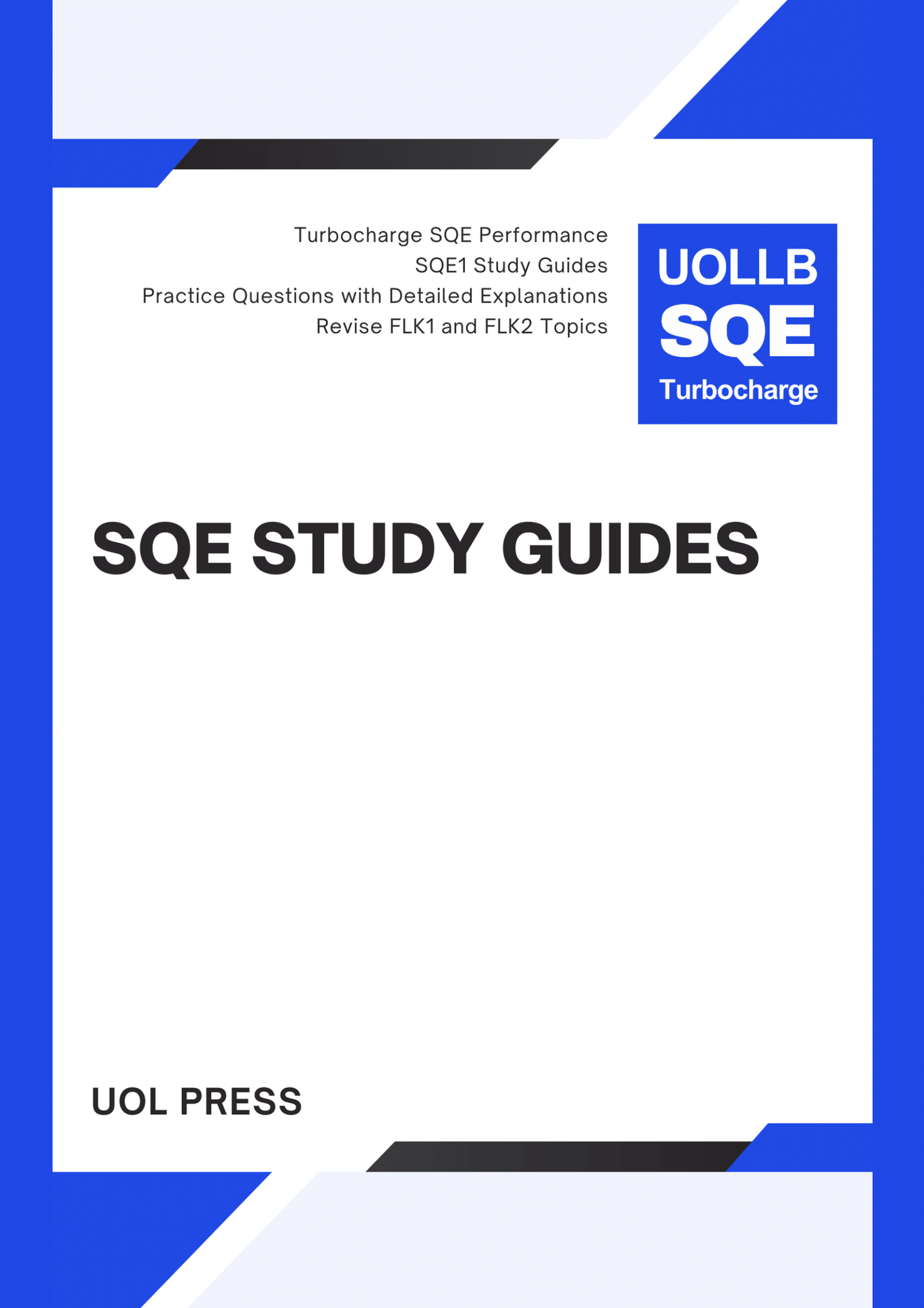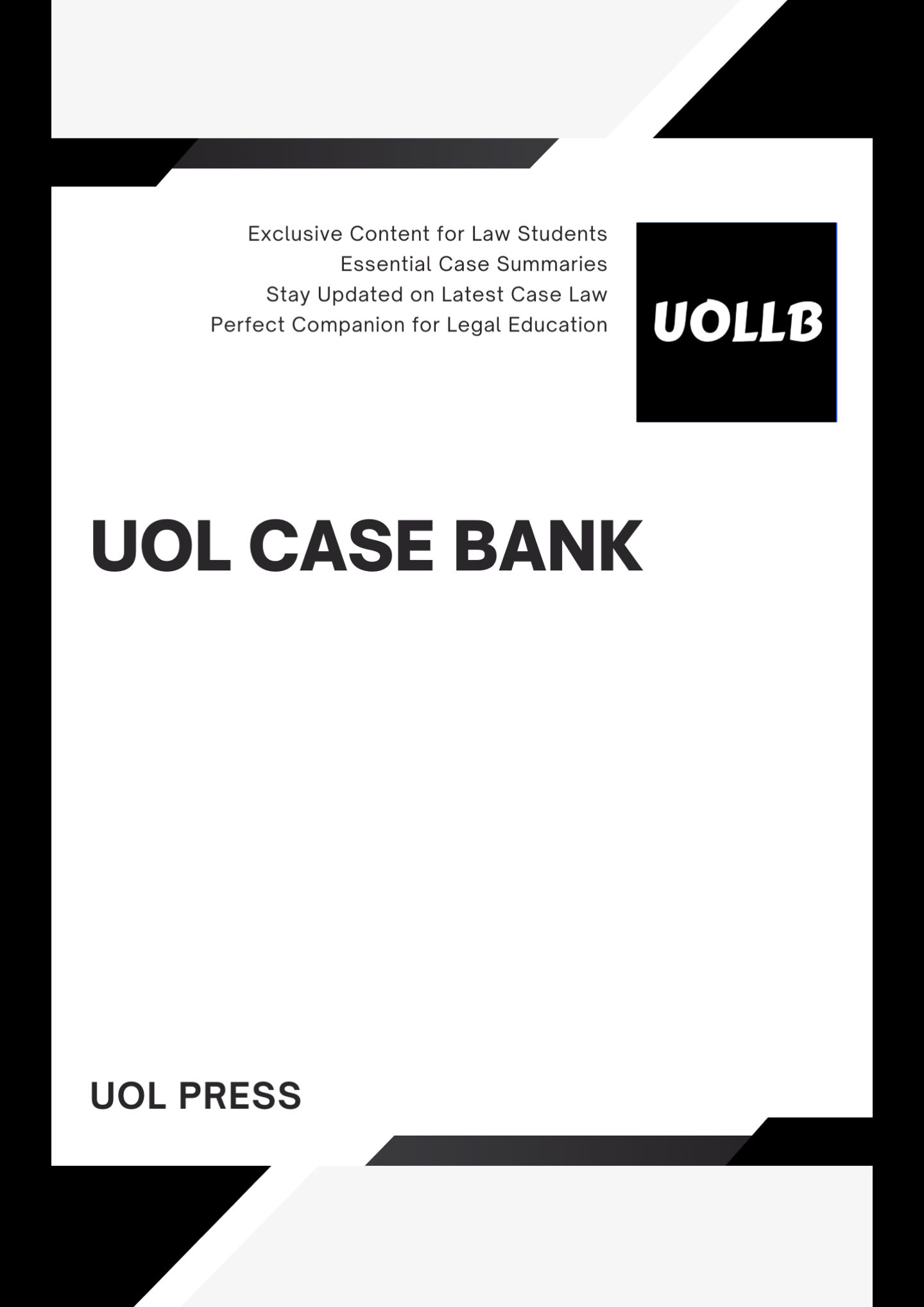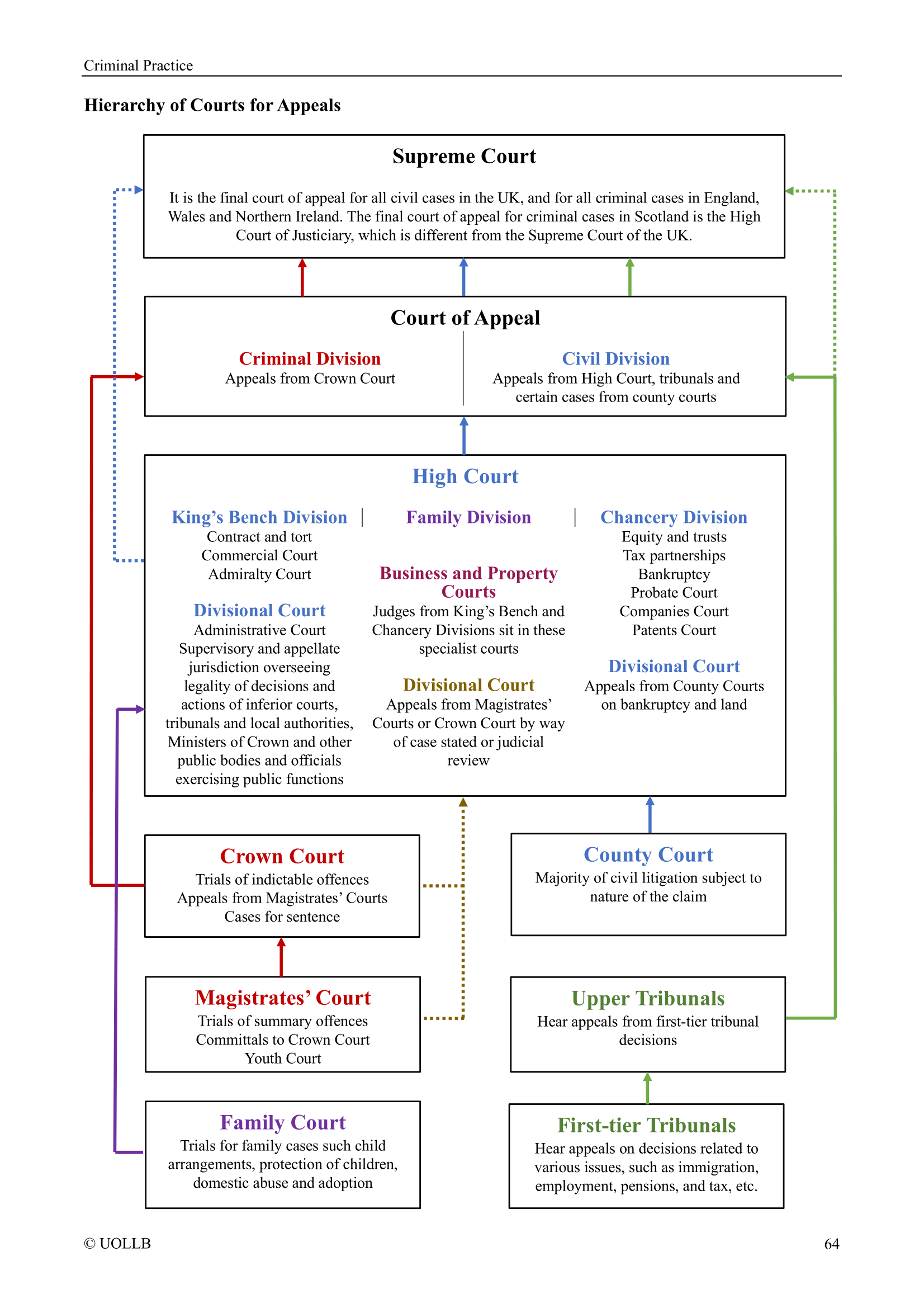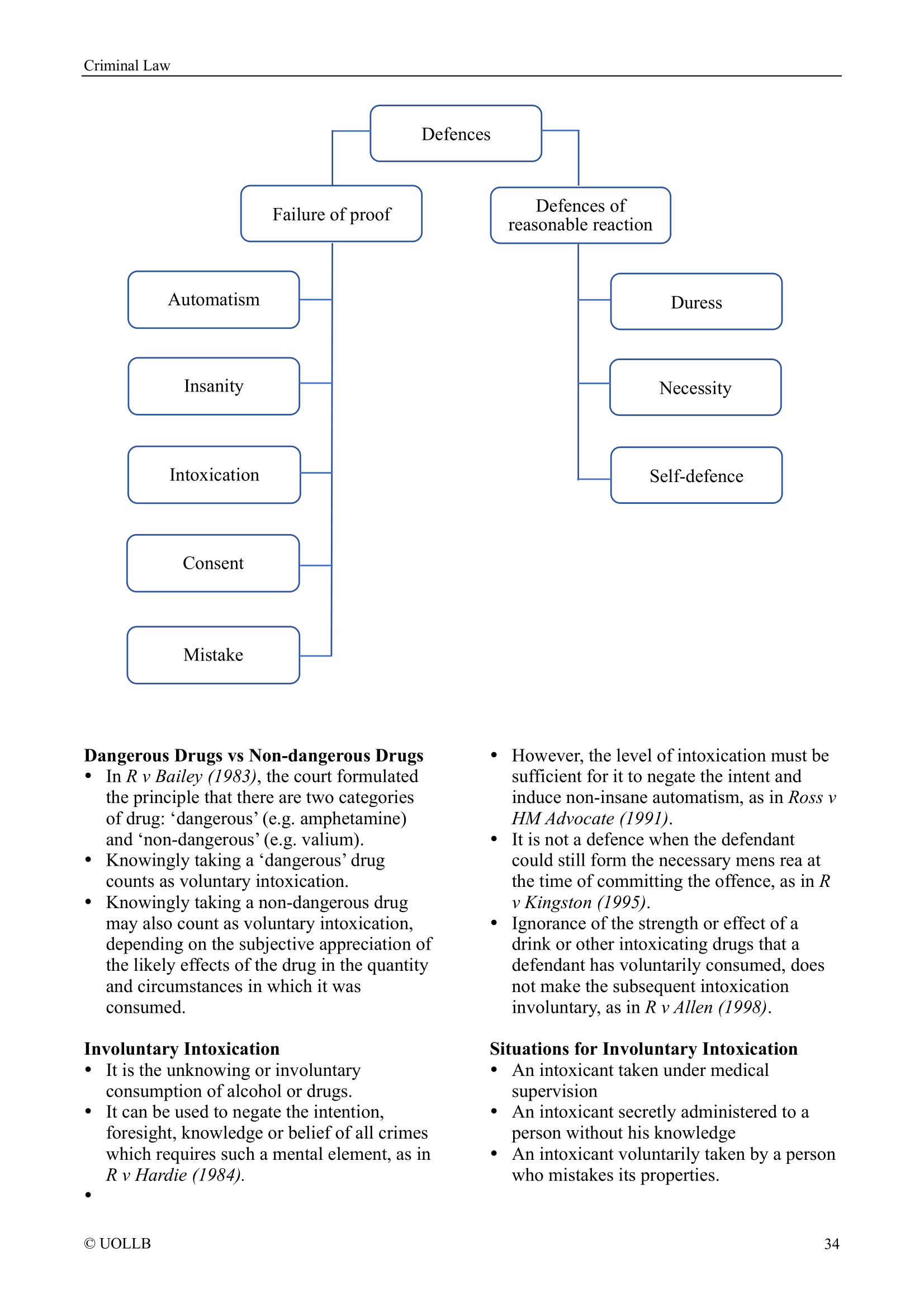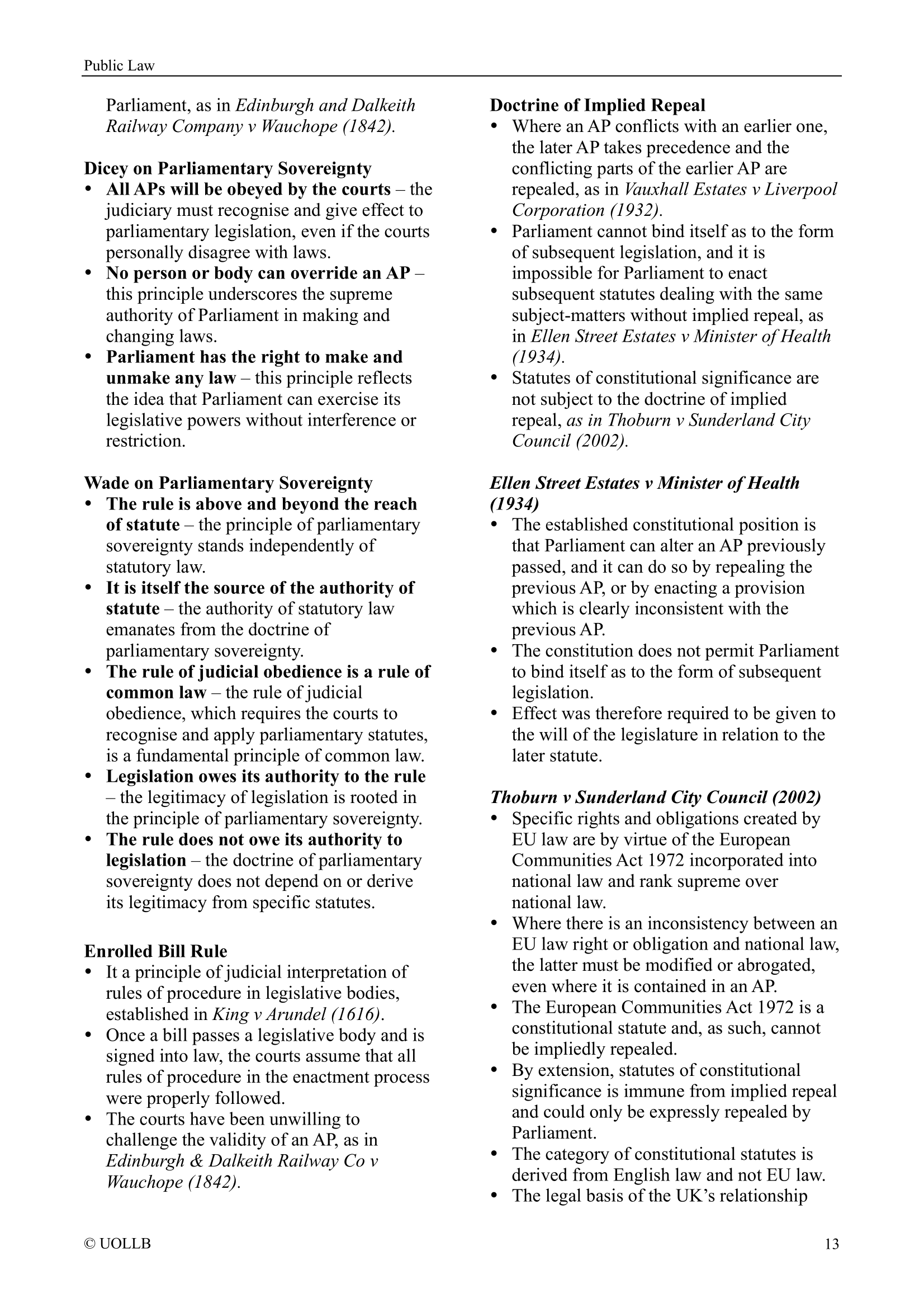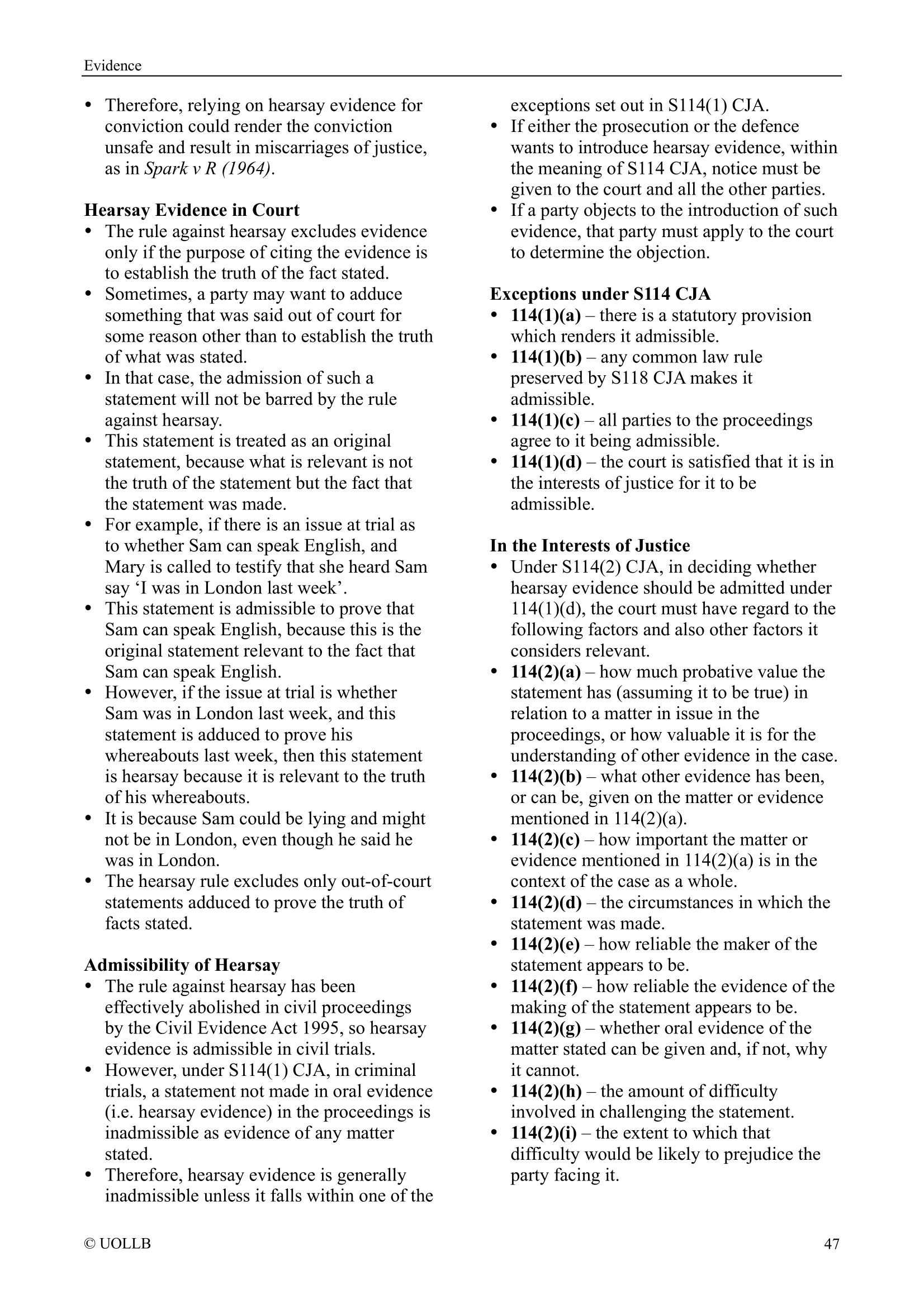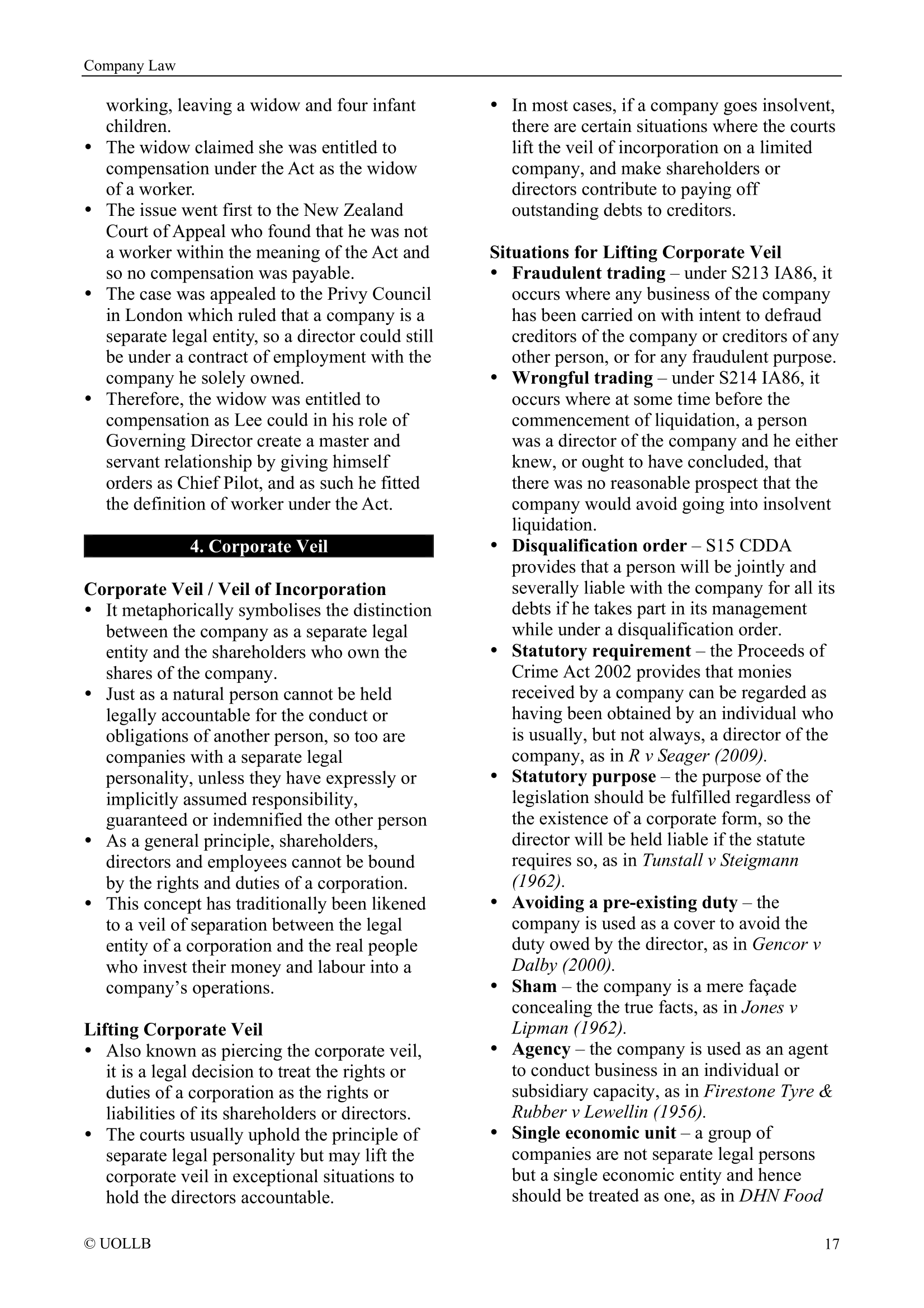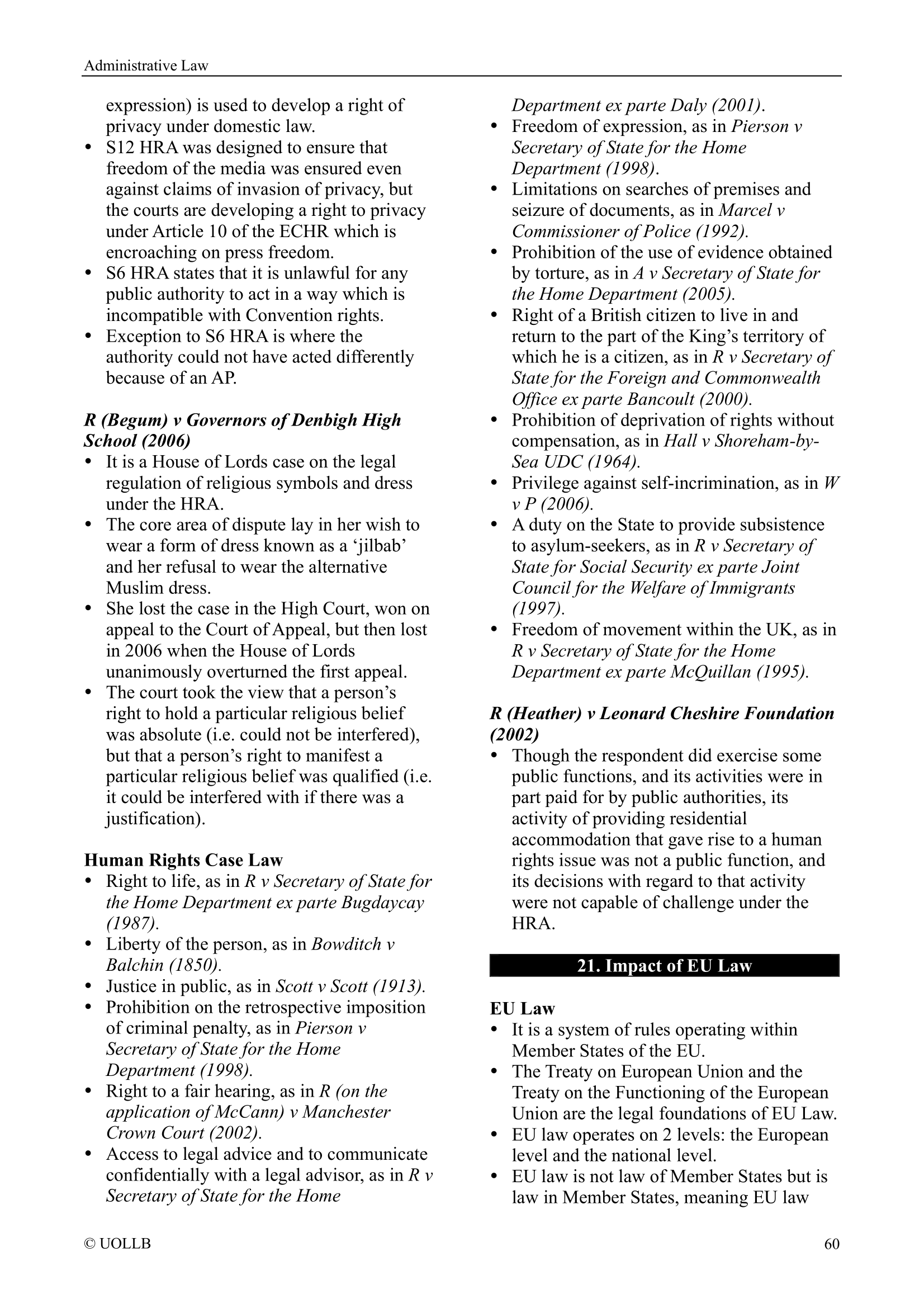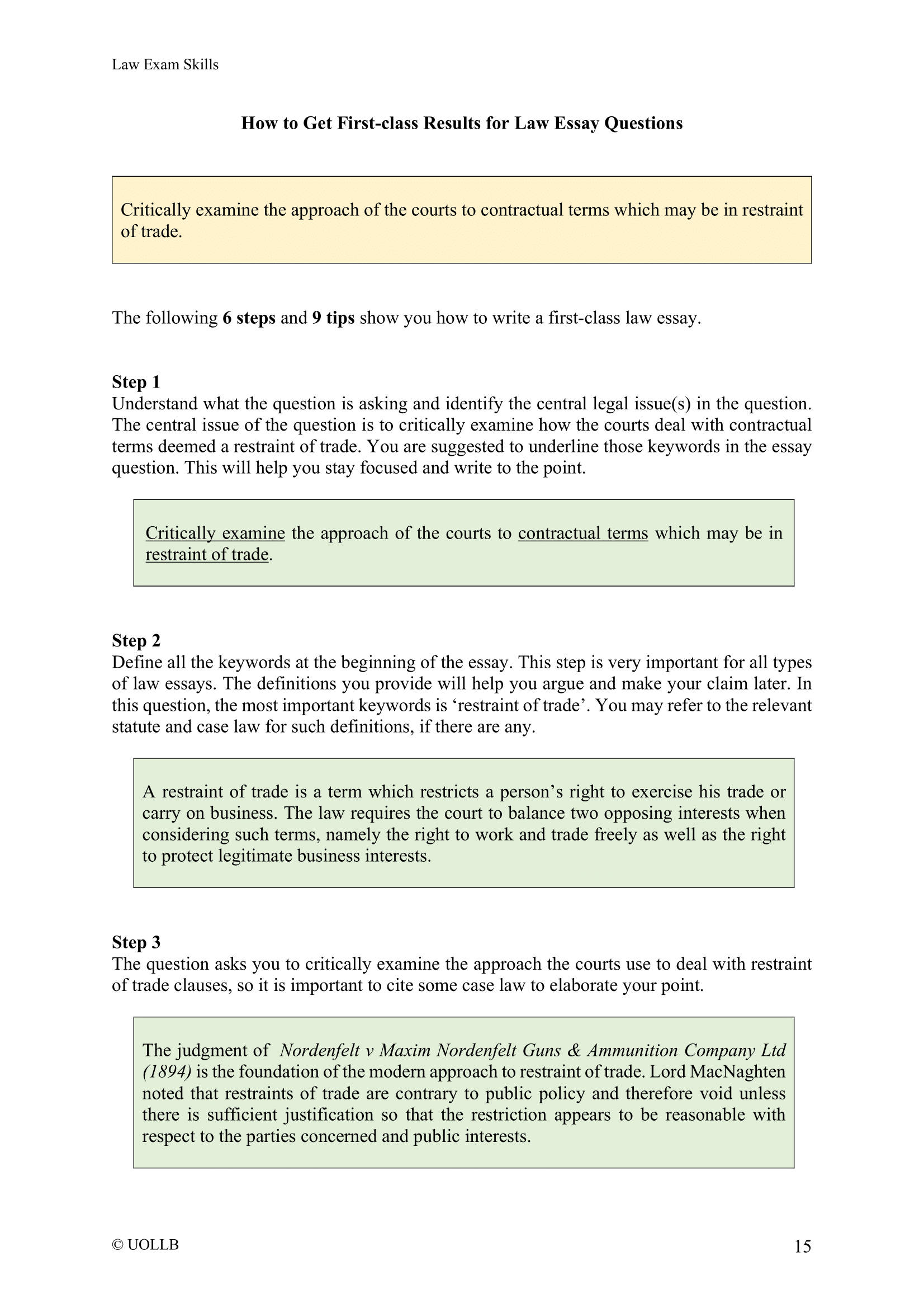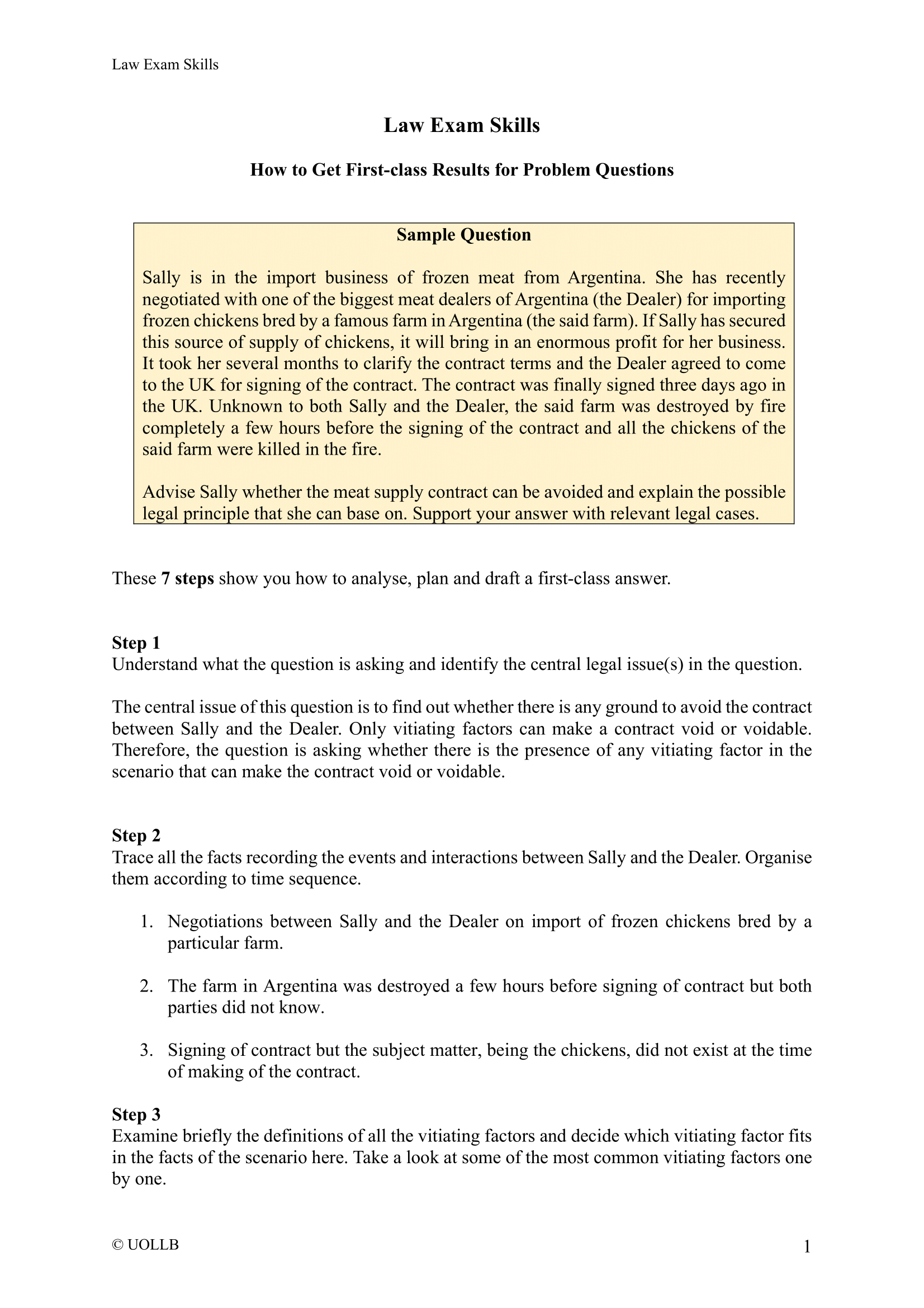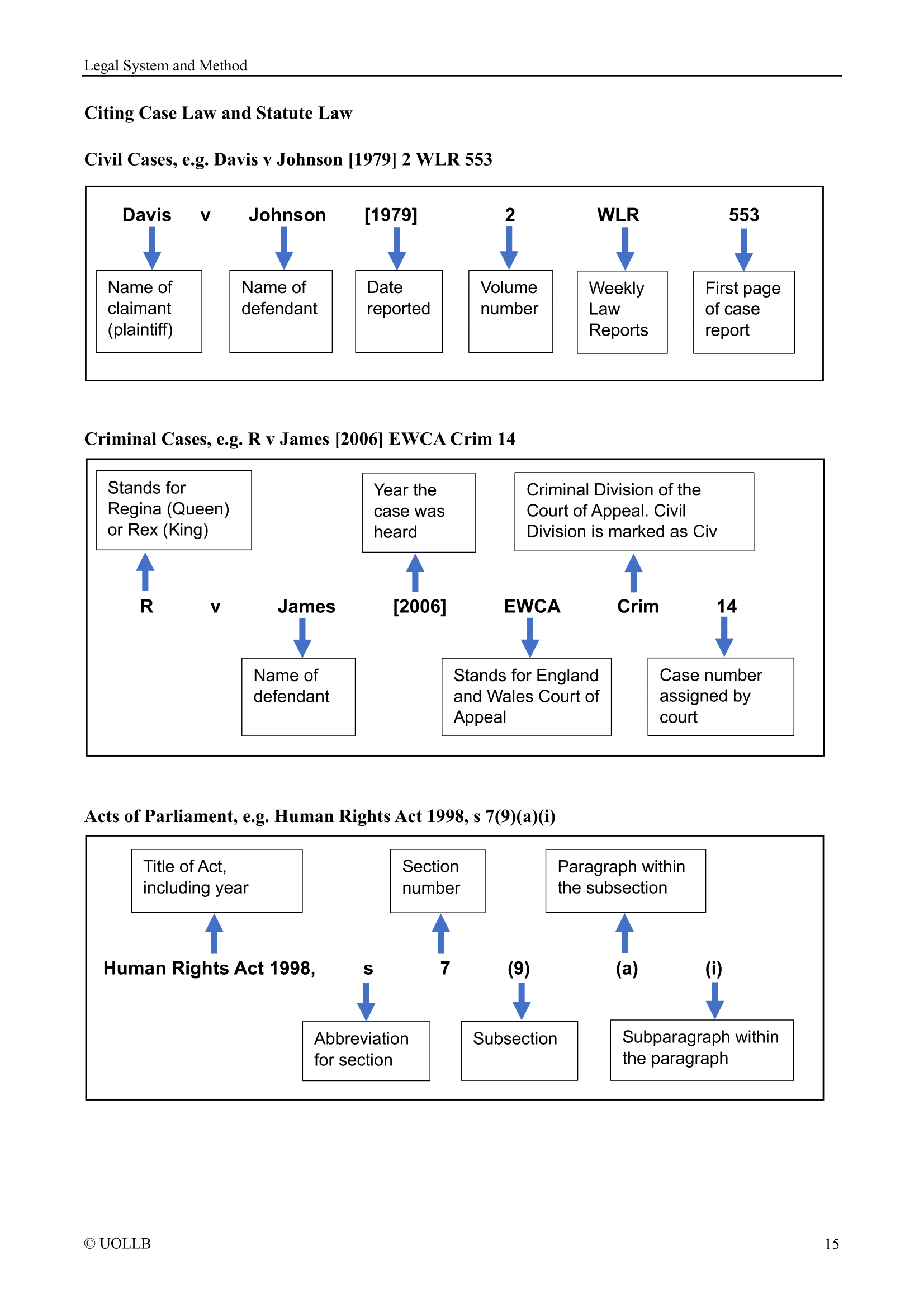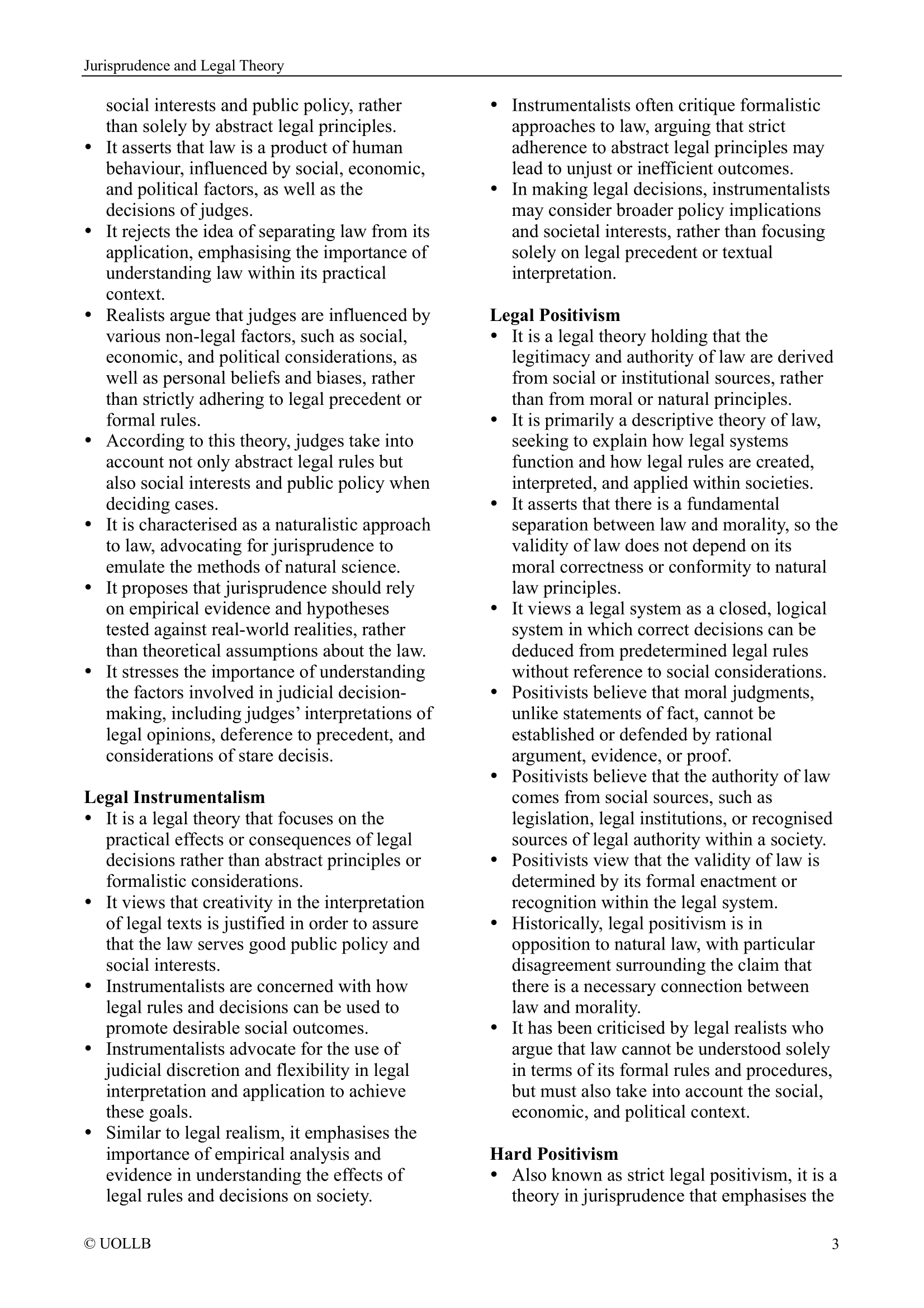Scotland Act 1998
Share
The Scotland Act 1998 is a pivotal piece of legislation in the United Kingdom that marked a significant shift in the constitutional landscape. Enacted by the UK Parliament, it facilitated the establishment of the devolved Scottish Parliament and the Scottish Executive (now the Scottish Government). This legislative move granted Scotland certain legislative powers and introduced tax-varying abilities.
The Scotland Act 1998 played a crucial role in the constitutional evolution of the UK. It was introduced by the Labour government to give effect to the Scottish devolution referendum held in 1997. The referendum indicated strong support in Scotland for the creation of a parliament with tax-varying powers. This act is considered one of the most substantial constitutional legislations passed by the UK Parliament between the European Communities Act in 1972 and the European Union (Withdrawal) Act in 2018.
Devolution of Powers
One of the central features of the Scotland Act 1998 was the devolution of significant legislative authority from the UK Parliament to the newly created Scottish Parliament. This transfer of powers allowed Scotland to make decisions in a range of key domestic policy areas, including education, healthcare, agriculture, housing, and justice. By granting the ability to shape legislation in these fields, the Act enabled the Scottish Parliament to address Scotland’s unique social, economic, and cultural circumstances, ensuring that policies could be tailored more closely to the needs and priorities of the Scottish people.
Tax-Varying Powers
The Act also conferred on the Scottish Parliament a notable degree of fiscal autonomy by granting it the power to vary the basic rate of income tax in Scotland by up to three pence in the pound. This provision, often referred to as the “tartan tax” power, gave Scotland the flexibility to adjust taxation in line with local policy goals and funding requirements. Although this specific tax-varying power was rarely exercised, it marked an important step in recognising Scotland’s capacity to influence its own economic and fiscal policy.
Creation of the Scottish Executive
In addition to establishing the Scottish Parliament, the Act created the Scottish Executive, which was later renamed the Scottish Government. This executive body is headed by the First Minister, who is nominated by the Scottish Parliament and formally appointed by the monarch. The First Minister is supported by other ministers who are similarly appointed with parliamentary approval. The Scottish Government is responsible for implementing the policies and legislation of the Scottish Parliament, managing devolved public services, and representing Scotland’s interests in areas within its jurisdiction.
Reserved Matters
While the Scotland Act transferred many powers to Scotland, it also established a list of “reserved matters” that would remain under the exclusive control of the UK Parliament in Westminster. These reserved matters include foreign affairs, defence, immigration, national security, and key aspects of economic policy such as monetary control. By clearly defining these reserved areas, the Act maintained the integrity of the United Kingdom as a unified state while allowing for substantial regional autonomy.
Legislative Competence
The Act defined the legislative competence of the Scottish Parliament by specifying what it could not do, rather than providing a comprehensive list of its powers. Any matter not explicitly reserved to Westminster was considered devolved by default. This approach allowed for flexibility and adaptability in the scope of the Scottish Parliament’s work, enabling it to legislate in areas not foreseen at the time of the Act’s passage, provided they did not encroach on reserved matters.
Constraints on Legislative Powers
To ensure that Scotland’s devolved legislative powers operated within broader legal frameworks, the Act imposed specific constraints. The Scottish Parliament was prohibited from passing laws that were incompatible with the European Convention on Human Rights or, at the time, with European Community law. These safeguards ensured that devolved legislation respected international obligations and maintained consistency with the UK’s overarching legal commitments.
Dispute Resolution Mechanisms
Recognising that disagreements could arise over the boundaries of devolved and reserved powers, the Act established mechanisms for resolving such disputes. Questions regarding whether legislation was within the competence of the Scottish Parliament could be referred to the courts, with the Supreme Court acting as the final authority on these matters. This judicial oversight provided a clear legal process for settling constitutional disagreements between Scotland and the UK.
Adjustment of Powers
Finally, the Scotland Act acknowledged that devolution was not a static arrangement. It included provisions allowing for the adjustment of the powers of both the Scottish Parliament and the Scottish Government through Orders in Council, which require the agreement of both the UK and Scottish Parliaments. This flexibility has allowed the devolution settlement to evolve over time, responding to political developments and the changing needs of governance in Scotland.
The Scotland Act 1998 has undergone amendments, including the Scottish Parliament (Constituencies) Act 2004, the Constitutional Reform Act 2005, the Scotland Act 2012, the Wales Act 2014, the Scotland Act 2016, and the European Union (Withdrawal) Act 2018.
In summary, the Scotland Act 1998 is a landmark legislation that reshaped the constitutional landscape by devolving significant powers to Scotland, marking a crucial step in recognising and accommodating Scotland's distinct political identity within the UK.
